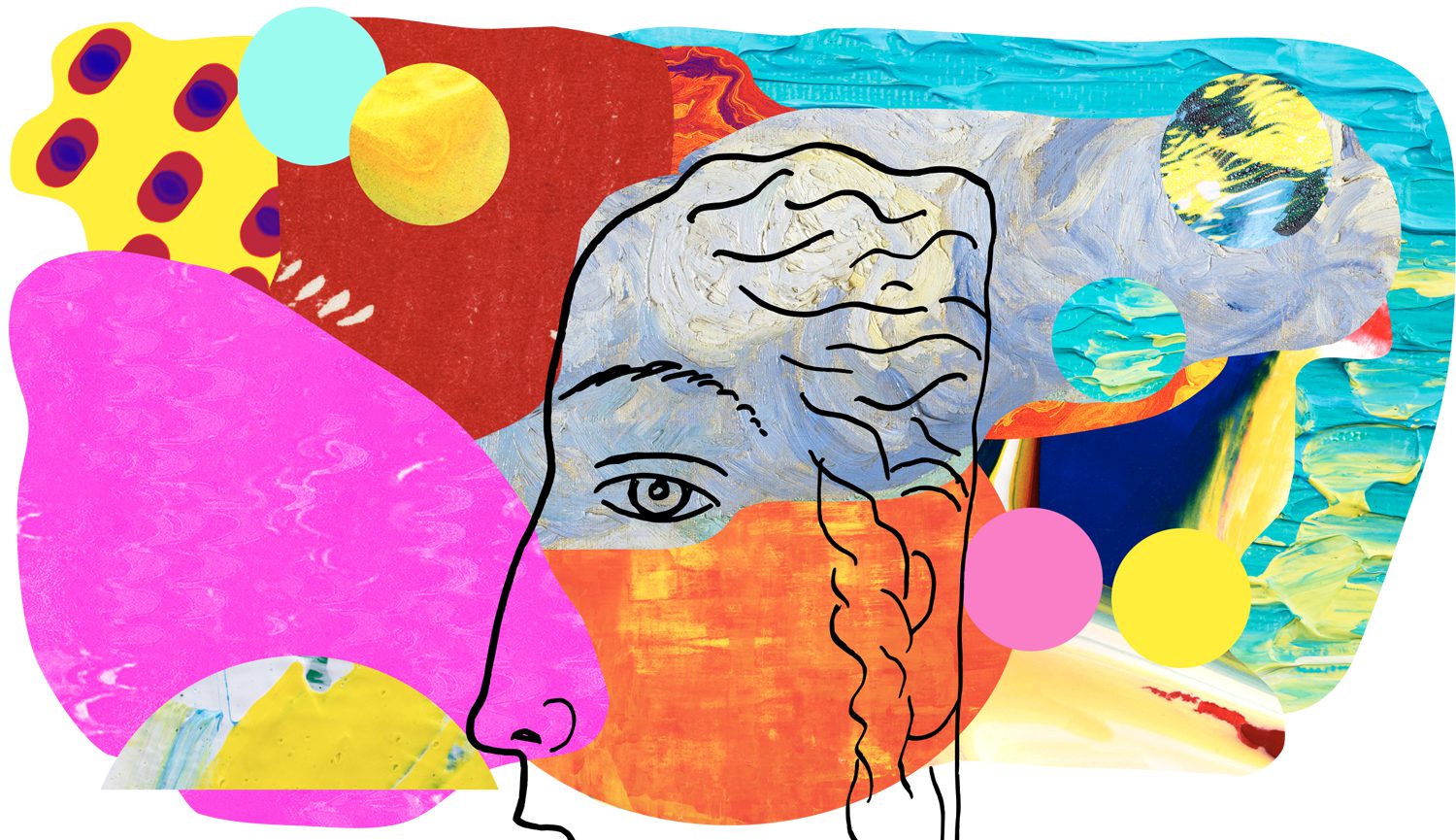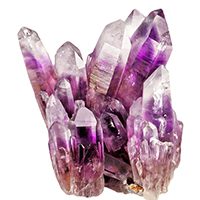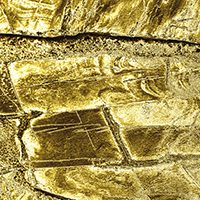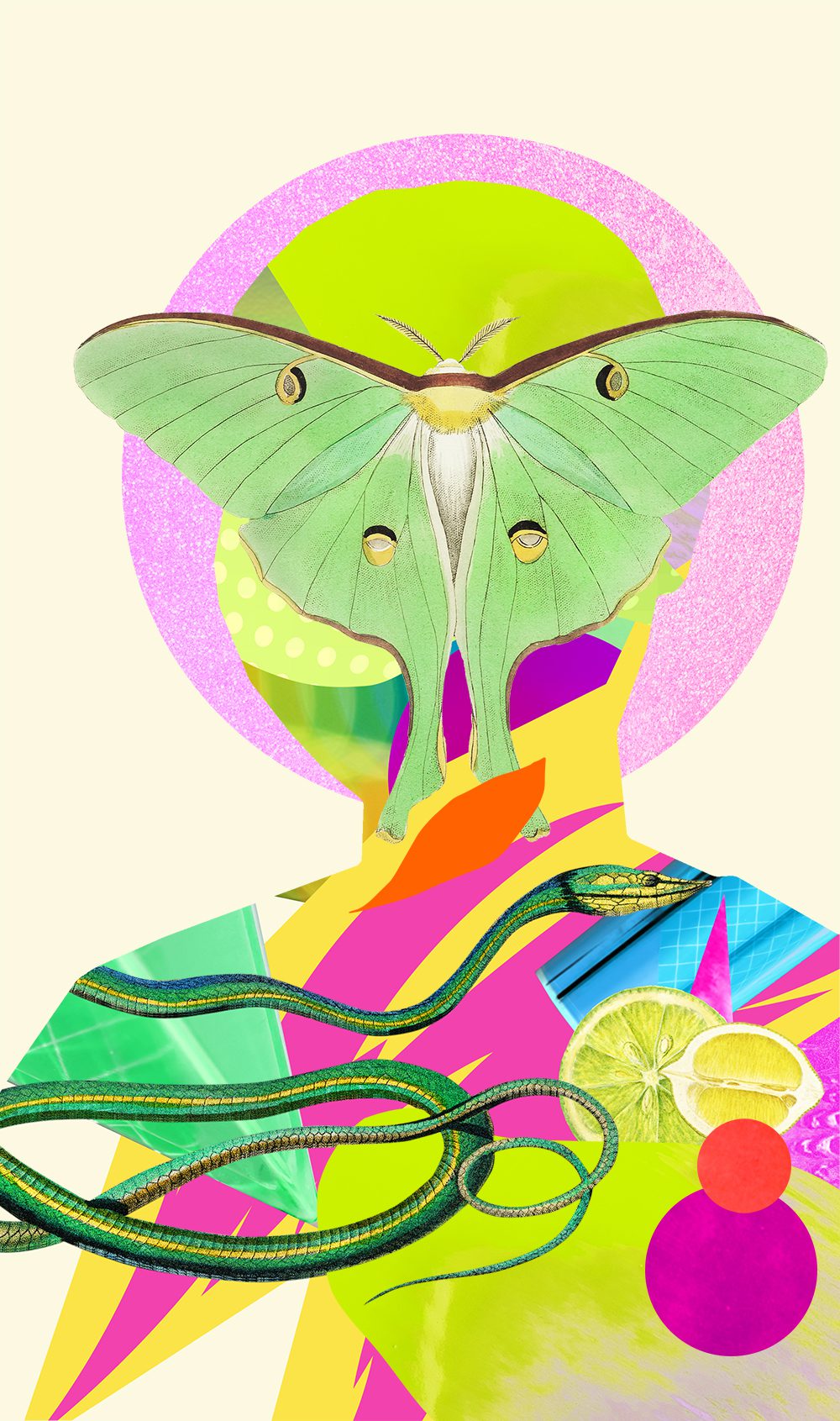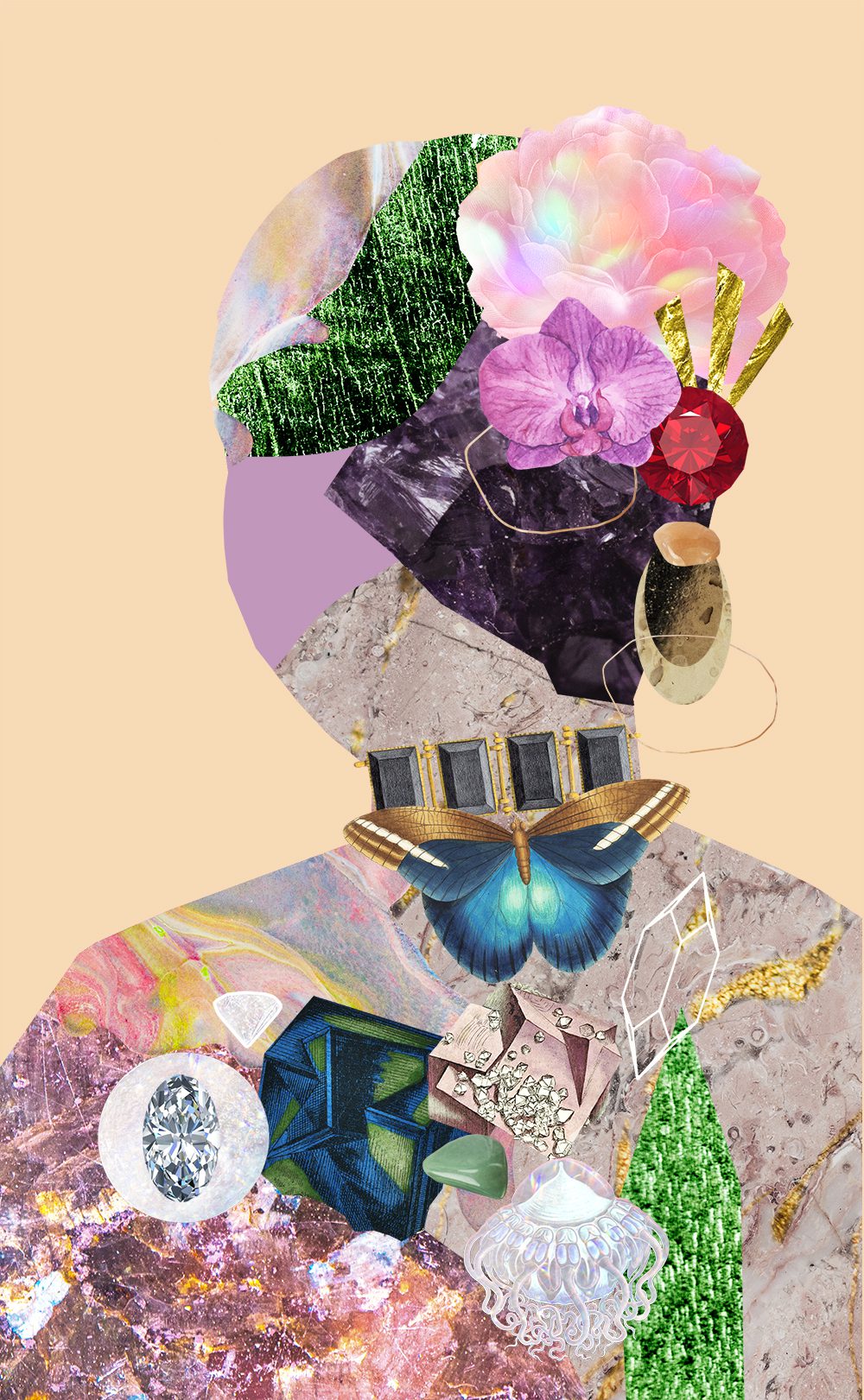
Western Art History – Ancient Egypt
Let’s consider the idea that no artwork lives in a void and that knowing what came before can lead to innovation by adding upon or breaking away and in the process allow us to pay our respects to those paths forged before us.
Wiki is my friend for this series and the roadmap for the series is via this linear progression.
Today we’re starting with Ancient Classical Art as we dive into Ancient Egyptian Art.
A slightly controversial start to the series as Ancient Egyptian Art is often touted as being purely functional. I’m instead following the work of Dr. Dimitri Laboury (professor University of Liege) who states that Ancient Egyptians had a word for art and valued the work of artists and thus perceived them in the same way we perceive modern artists. (source: 32:23)

Eye; 1550–1069 BC; alabaster eye from a coffin; length: 50.8 mm; Auckland War Memorial Museum (source)
The five periods of Ancient Egyptian Art:
/Early Dynastic Periods (c. 3100–2575 BCE)
/Old Kingdom (c. 2575–2134 BCE) the “age of pyramids”
/Middle Kingdom (c. 2040–1640 BCE)
/New Kingdom (c. 1550–1070 BCE)
/Late and Ptolemaic Period (c. 1070-30 BCE)
(source)

What made Ancient Egyptian Art unique?
For a period spanning over 3000 years, the style remained exceptionally stable due to very little outside influence and artistic guidelines that artists followed (source). Art was created as tomb decorations to honour the royal or elite, whilst wealthy living Egyptians had access to functional art such as jewelry, pottery, and furniture. Egyptians created the first-ever portraits of individuals, utilised hieroglyphs within the artworks and created the first life-sized sculptures (source).

Fresco which depicts Nebamun hunting birds; 1350 BC; paint on plaster; 98 × 83 cm (3 ft 2.5 in × 2 ft 8.7 in); British Museum (source)
2-d ART
A distinct trait of Ancient Egyptian art was the use of mixed perspectives in order to make each feature of a subject distinctly recognisable. Eyes and shoulders were dominantly depicted in a front perspective, whilst, faces, waits, and limbs were in profile. Along with figure perspective, the lack of depth within Ancient Egyptian Art is another distinctive trait. Ancient Egyptian 2-d art lacked, a horizon/vanishing point and the use of linear perspective (the method of representing space in which the scale of objects diminishes as the distance from the viewer increases). Painters in Ancient Egypt did use scale but it for symbolic reasons (the size of a figure indicating its relative importance). There was also a lack of Atmosphere perspective; as objects get closer to the horizon line, and further from the viewer they start to lose their contrast, detail, and colour. Finally, the absence of shading further gave Ancient Egyptian painting its flat appearance. (source).

Relief from the chapel of the overseer of the troops Sehetepibre; 1802–1640 BC; painted limestone; 30.5 × 42.5 cm; Metropolitan Museum of Art (source)
3-d ART
Egyptian sculptors created reliefs in stone, copper, and wood. Reliefs were either raised (the background removed) or the forms/outlines carved into the surface (known as sunk relief). Reliefs would depict images of animals, plants, and landscapes, recording the elements of their world on the walls of temples and tombs (source).
Statues ranged in size and materials and would present the figure in rigid poses. Larger statues were carved traditionally from sandstone. Small to medium-sized sculptures were made from various materials such as Egyptian alabaster, basalt, rose granite, limestone, clay, copper, or bronze. Statues made from copper or bronze were formed using a wax cast (the lost wax method). Standing figures were often depicted with their left foot forward in a walking stance.
The orientation of the statues was extremely important as the face and shoulders of the figure had to be facing the viewer. Sculptors maintained strict parameters in the expression and form of these works, copying previous work and utilising grid formulas.
(source)

Statuette of Anubis, 332–30 B.C., Plastered and painted wood, H. 42.3 cm, Metropolitan Museum of Art (source)

The Great Sphinx of Giza (source)

Artist’s Gridded Sketch of Senenmut, c.1479 – c.1458 BC, limestone, ink, Metropolitan Museum of Art (source)
(source)

Stela of Aafenmut 924–889 B.C.Aafenmut offers incense to the seated sun god, Re-Harakhty, Metropolitan Museum of Art (source)
During the rise of Ancient Egypt natural resources were abundant in the Nile Valley. Pigments that were mostly mineral, were chosen to withstand strong sunlight without fading (source).
The ancient Egyptian language had four basic color terms:
kem (black)
hedj (white/silver)
wadj (green/blue)
desher (red/orange/yellow)
and used six colours in their paintings (symbolising different attributes)
black (carbon)
white (calcite)
blue (mixed natural ingrediants)
green (malachite)
red (orchre)
yellow (ochre/orpiment)
Black: used for royal figures, expressed the fertile soil (regeneration and fertility) and was associated with the afterlife (funerary deities such as Anubis depicted in black)
White: purity and the sacred
Blue: the life-giving waters of the Nile, fertility and birth.
Note: “Egyptian blue” was the first synthetic blue pigment (to copy the colour of lapis and turquoise) made by mixing silica, lime, copper and alkali.
Green: colours of vegetation, rejuvenation, new life, and growth (coffins were often green to assist in rebirth).
Red, orange and yellow: ambivalent colours associated with the sun
Gold: divinity “the flesh of the god”
Silver: referred to as “white gold” and “the bones of the god”
Brushes were made out of bundles of plant materials such as grasses and reeds, bound together by string.

Ancient Egyptian paintbrushes made from fine palm fibres, bound with strung fibres from the collection of the British Museum (source)

Ibis Coffin, 305-30 B.C.E. Wood, silver, gold, and rock crystal, Brooklyn Museum (source)
I hope you’ve enjoyed this journey into Ancient Egyptian Art!
–
Want to see what else I do? Come peek over on my insta or grab a freebie when you sign up to my newsletter below 🙂 🙂

